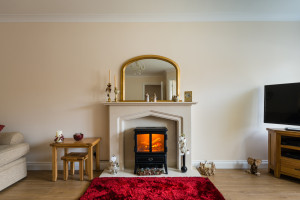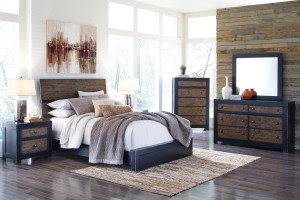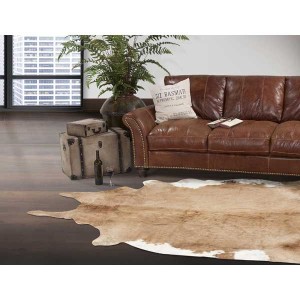Area rugs can be layered to experiment with the look and feel of your room. Successful layering of area rugs requires thinking outside of the box using different textures and styles to create a unique look and feel in your home. Don't worry if you do not think you can think outside of the box, we have five tips to help you create your first layered area rug look.
Proportions Are Key - Placing a small rug on a very large rug will look strange, so when shopping for rugs to layer keep the dimensions of the rug in mind. It works well to have a large neutral base layer rug and a proportional sized patterned rug on top.
Shapeshifting - Generally when layering rugs the base layer will be a rectangle shaped rug, but the accent rug on top doesn't have to be the same shape. For example, you could layer a faux cowhide rug or shag rug over a rectangle rug in your living room creating a focal point in the room.
Spotlight Items - A small rug under a focal point piece in the room directs the eye to the item, highlighting that point in the room.
Cover-Up - No one wants to replace their wall-to-wall carpet if they don't have to. One way to get around replacing a whole room of carpet is to cover up stains with an area rug. You can also protect your wall-to-wall rugs in rooms prone to stains like kids' rooms, by putting down an area rug creating a layered looked before the stain happens. It's a lot easier to replace an area rug instead of wall-to-wall carpeting.
Contrast - In a room where the furniture and walls may be the same color, adding a layered rug in a contrasting pattern can help to break up the color palette of the room.

Faux Animal Hides - Faux hides are great to add a unique look to your room with their funky shapes and thin layout in a room. They also provide different textures to any space.
Why stay with just one rug when you layer two for a stylish, unique look in any room of your home. Watch below for even more tips on how to best layer your area rug.










































